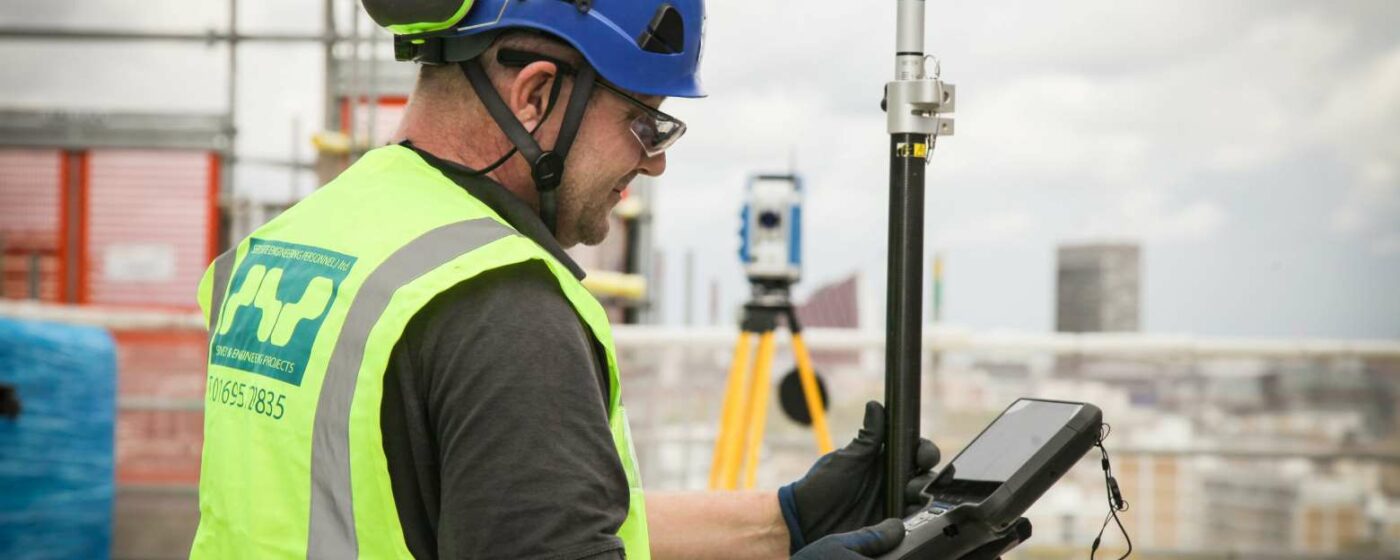SEP has all the personnel, experience and specialist equipment required to provide a completely comprehensive stockpile measurement service. We help businesses from many sectors improve the management of their stock by providing a concise and accurate inventory control service for a wide range of commodities.
Get in touch with us today to find out how our stockpile measurement service can help your business.
What is a stockpile?
Businesses managing materials in bulk inevitably amass stockpiles – usually found in piles at a storage location purpose-built for housing bulk materials. These stockpiles are formed by materials being dumped from trucks and are then pushed into huge piles by bulldozers. In some cases, conveyors can be used to form piles, but whether a stockpile is being used at a port, refinery, mine or manufacturing facility, there is always a necessity to understand its size and density, so its mass and value can be accurately assessed.
What is Stockpile Measurement?
Stockpile measurement is a stockpile volume measurement method used to measure the volume, density and mass of stockpiles. If the stockpile’s entire surface is visible, a Total Station or Laser Scanner can be used to measure the stockpiles’ volume.
SEP has access to modern, state-of-the-art laser-based Total Stations and Laser Scanners that facilitate acutely accurate stockpile measurement methods. We’ll provide you with all the data you’ll need to about your stockpile commodities so that you can ensure compliance with regulations and manage your stock more efficiently.
Our stockpile measurement service can measure stockpiles for commodities including:
- fertilizers
- iron ores
- minerals
- petroleum-coke
- agricultural products
- dry bulk chemicals.
Key Benefits of Stockpile Measurement
- Get an accurate readout of your stockpile inventory which can inform financial reports and excise duty, as well as impact loan requests from banks and other financial establishments.
- Ensure that regulatory requirements are met, such as the EU regulation regarding a mass balance in order to calculate a business’ CO2 emissions.
- Understand exactly where you stand regarding inventory, so you can plan and manage your stock more efficiently going forward.
- Use the data from your stockpile measurements to improve your stockyard management and business practices.
- Accurate stockpile inventory counts will allow you to make rapid calculations of inventory, including daily provisional reports, which can prove invaluable.
- Total station inventory surveying eliminates the need for on-foot inspections, improving efficiency, prioritising safety and speeding up the measurement process.
- Get a 3D contour map of your stockpile, to quickly visualise your commodities at a glance – ideal for presentations or reports.
What is required for stockpile measurement?
The following critical components are required to make accurate measurements of stockpiles:
- Total station and Laser Scanner equipment. SEP are both suppliers and service providers of the best topography tools on the market.
- Trained personnel. Our experienced engineers are available for hire and understand how to apply their knowledge to a huge range of environments.
- Lifting pantographic platform. In order to correctly assess the stockpile, we’ll need to be able to view the entirety of its surface.
- High-performance PC and analysis software. We have access to industry-standard software that allows us to turn the data collected into a valuable, informative resource.
How does stockpile measurement work?
Stockpile measurement works by using total stations or Laser Scanner to measure the size of stockpiles and then combining this with data taken from density surveys. In order to calculate the overall mass of your stockpile, we require two key pieces of information: density and volume of the stockpile.
Measuring the volume of a stockpile
The volume of the stockpile is first assessed using the Total Station or Laser Scanner. The data from the device is stored in the Total Station’s data collectors or internally within the Laser Scanner, which is then transferred to a PC for further analysis. In addition to calculating the mass of the stockpile, we can also provide a contour map of the stockpile using CAD software.
It doesn’t matter whether you have a controlled stockpile formed by a conveyor belt or a more irregular pile that has been pushed together over time. As long as the entirety of the stockpile’s surface is visible, we can use laser Total Stations or Laser Scanners to measure the size of the pile and then use the data to help calculate its mass.
Measuring a stockpile’s density
Density determination is achieved through a variety of means, depending on the size of the stockpile and its content. Our expert staff can use drilling and density sensing equipment to provide data which can help accurately detect a stockpile’s density.
Highly experienced staff are required for this process as each stockpile is composed differently, depending on how long the materials has been sat for, the level of compaction or stratification that has taken place and the height and depth samples are taken from.
Once the density of the stockpile has been accurately determined, this figure is multiplied by the volume data to provide the mass.
SEP can provide the equipment and the staff to help you obtain a complete and accurate measurement of the volume and weight of your commodity. Get in touch by phone, or send us a message using the contact form to find out how we can help.
